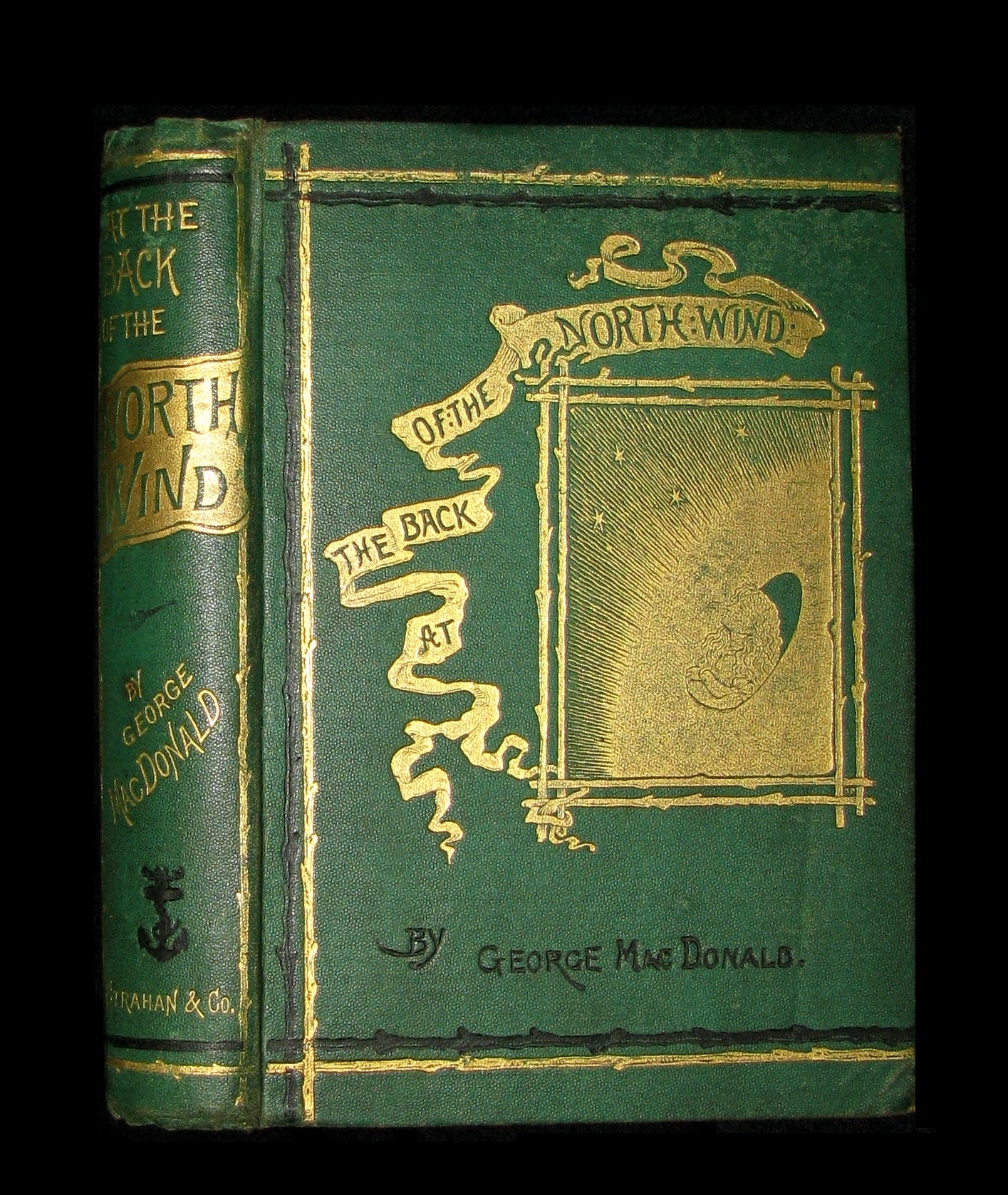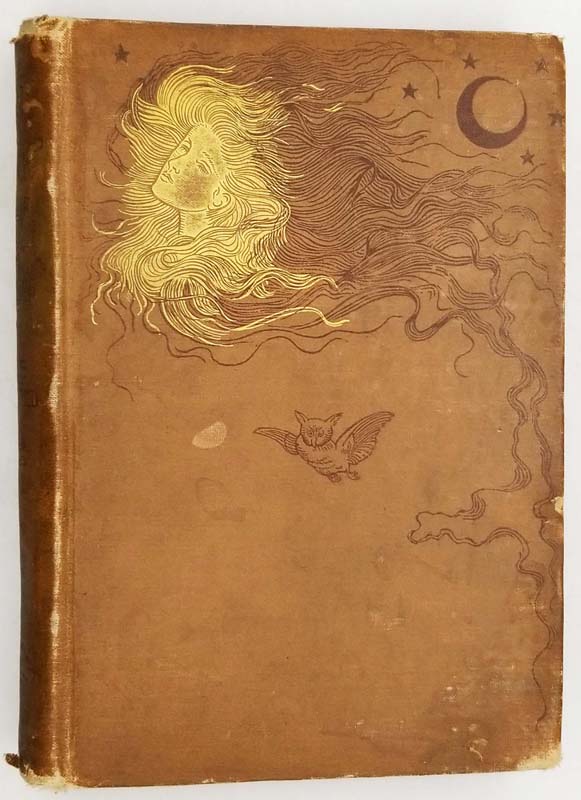


This newer version shortened the original length of approx. In 1914, a version "Simplified for Children" by Elizabeth Lewis was published by Lippincott. Diamond seems to represent Christ, always trying to help others while not completely belonging to this world. According to MacDonald's son and biographer Greville MacDonald, there are many similarities between Diamond and MacDonald's own son Maurice, who died young. Today, it is considered one of his masterpieces. In this book, MacDonald touches on many theological and philosophical questions, especially concerning theodicy. The North Wind seems to be a representation of Pain and Death working according to God's will for something good. Yet everything she does that seems bad leads to something good. On one of her assignments, she must sink a ship. Though the North Wind does good deeds and helps people, she also does seemingly terrible things. Diamond befriends her, and North Wind lets him fly with her, taking him on several adventures. However, he soon finds out that this is stopping the North Wind from seeing through her window. One night, as he is trying to sleep, Diamond repeatedly plugs up a hole in the loft (also his bedroom) wall to stop the wind from blowing in. He fights despair and gloom and brings peace to his family. He is a very sweet little boy who makes joy everywhere he goes. The book tells the story of a young boy named Diamond.

The book includes the fairy tale Little Daylight, which has been pulled out as an independent work, or separately, added to other collections of his fairy tales. Diamond travels together with the mysterious Lady North Wind through the nights. It is a fantasy centered on a boy named Diamond and his adventures with the North Wind.

It was serialized in the children's magazine Good Words for the Young beginning in 1868 and was published in book form in 1871. At the Back of the North Wind is a children's book written by Scottish author George MacDonald.


 0 kommentar(er)
0 kommentar(er)
